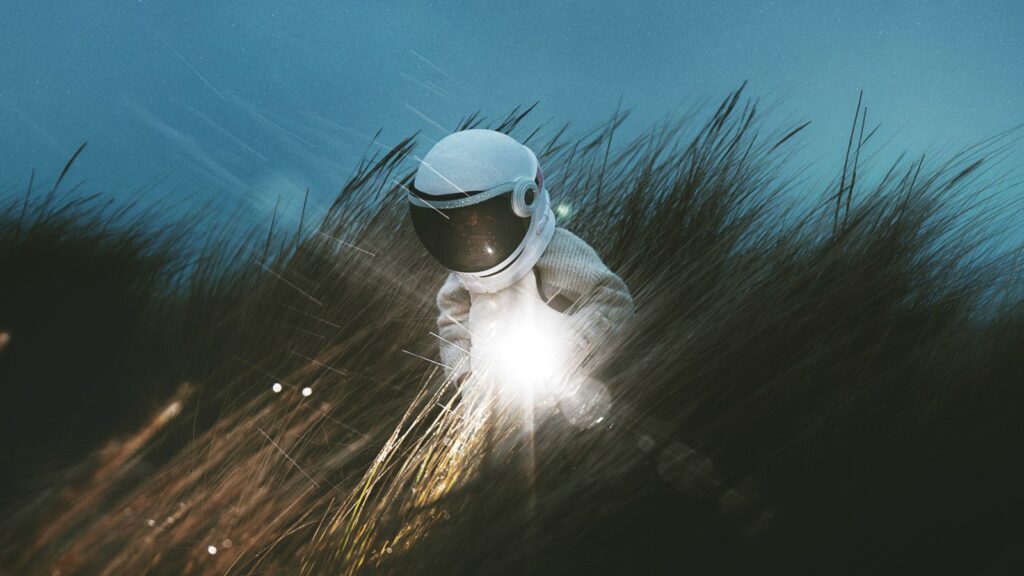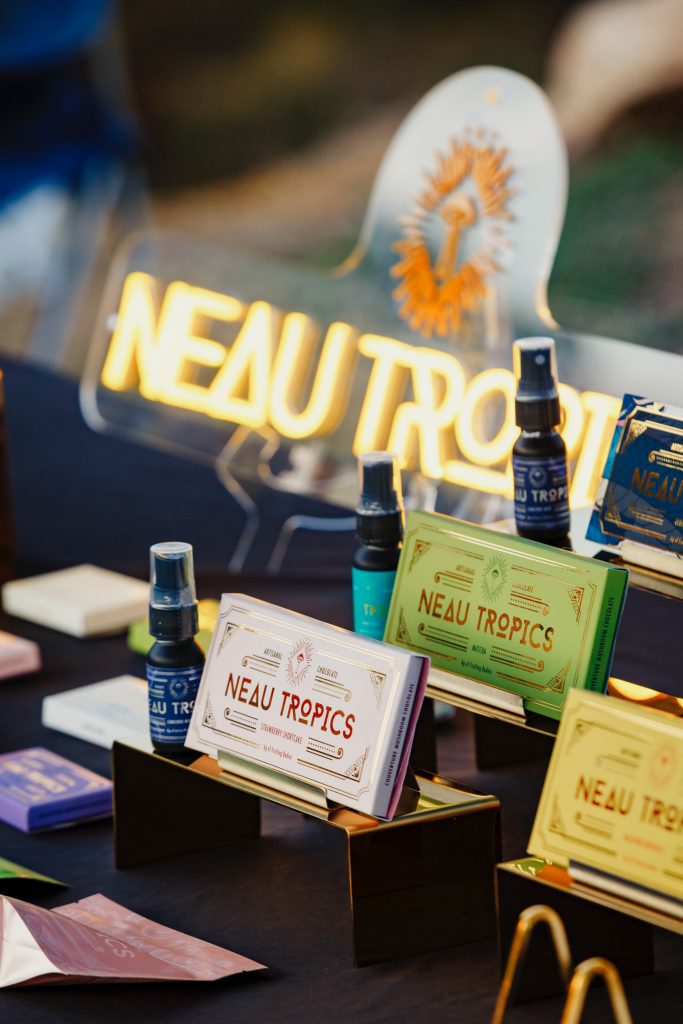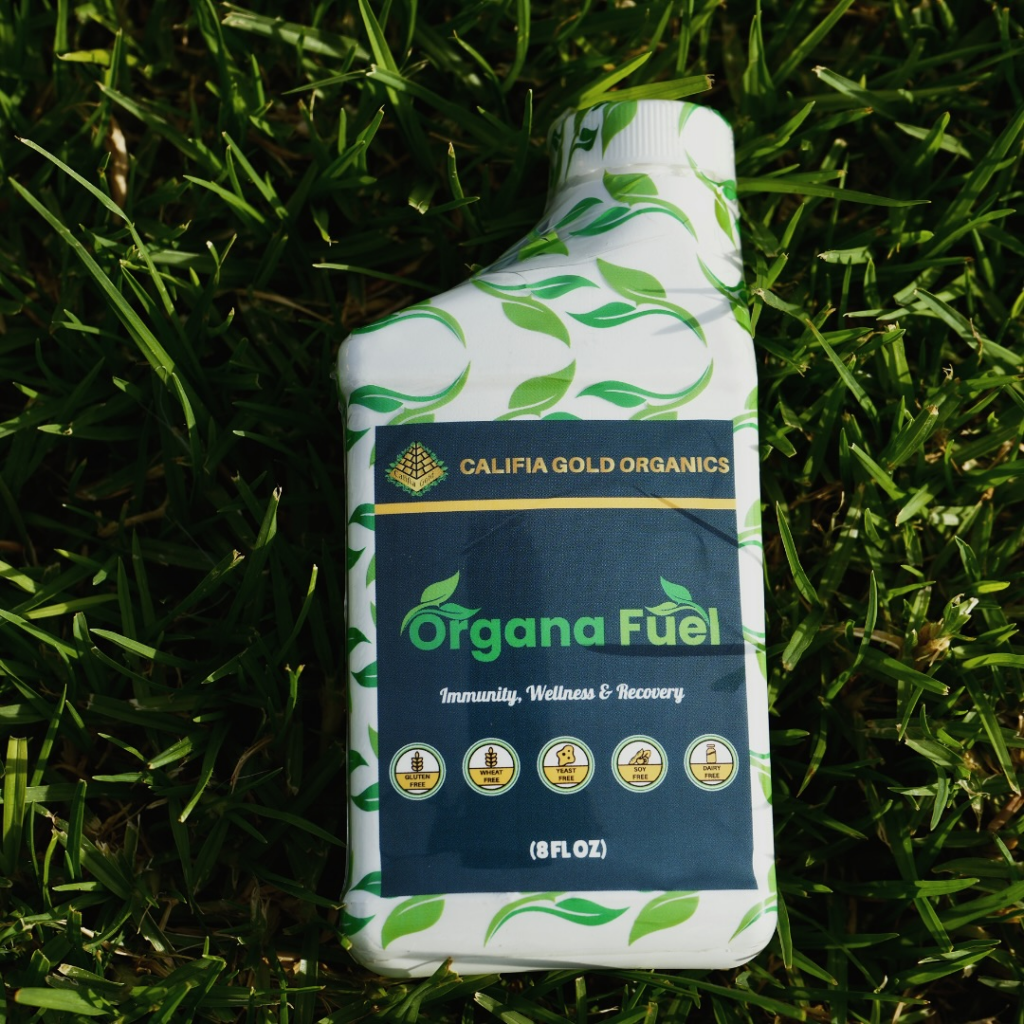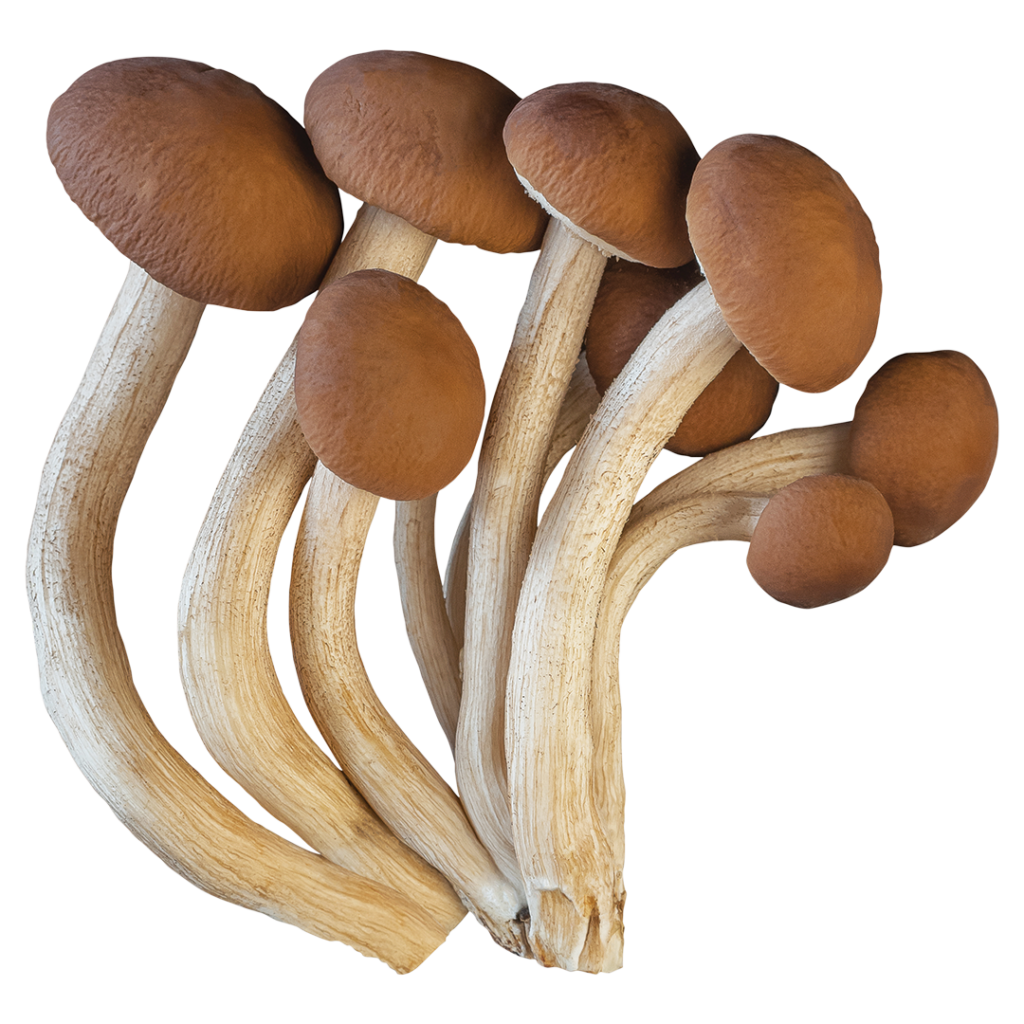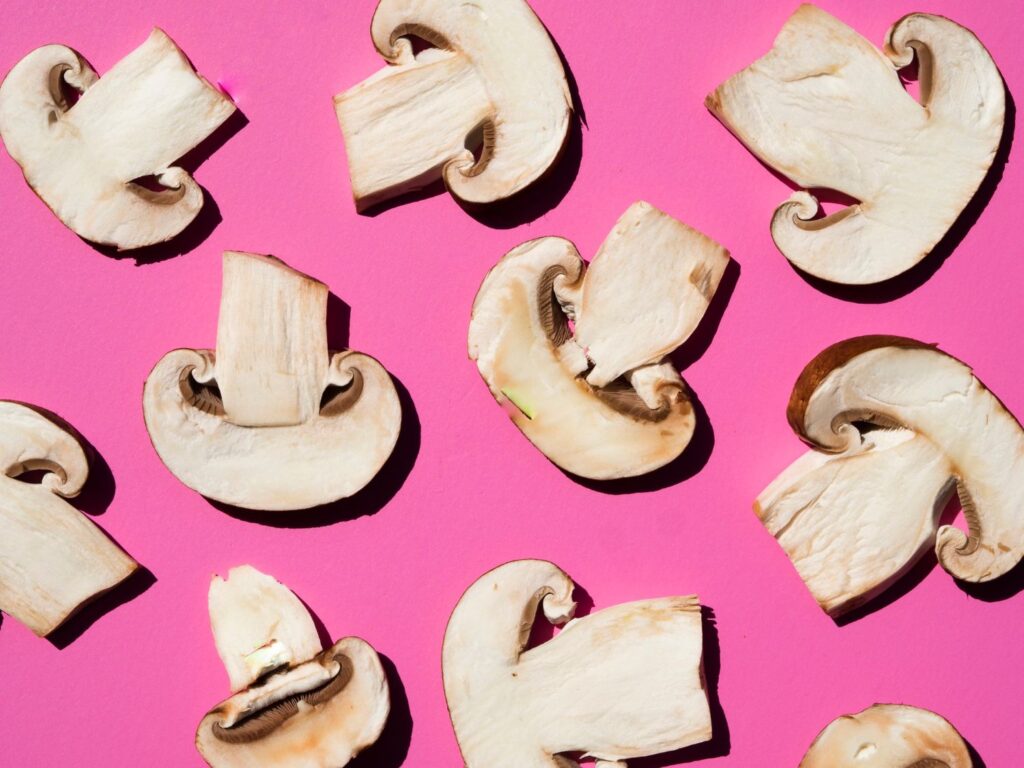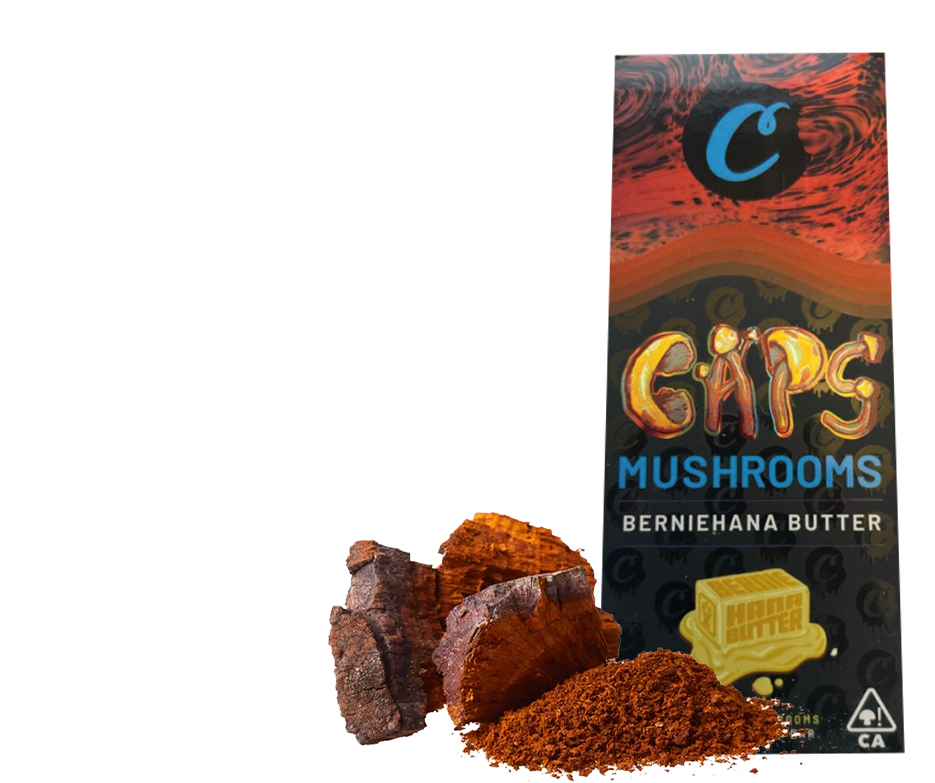No longer an exclusive practice of indigenous South American communities, ayahuasca is now a global sensation with growing research exploring it’s anti-addictive, antidepressant and anti-anxiolytic properties. With citizens all over the world interested in engaging with this psychoactive brew, do-it-yourself ayahuasca making is an attractive alternative to flying to the jungles of the Amazon. Let’s explore how to make ayahuasca and whether or not homemade brews are the best vehicles for this sacred plant’s illuminative teachings.
What Is In Ayahuasca?
The main ingredients in traditional ayahuasca brews, sometimes referred to a caapi or yagé, are the bark from the Banisteriopsis caapi vine and the leaves of the Psychotria viridis or chacruna plant. These two plants contain psychoactive compounds that work together to keep the body in a dissociative yet connective state. The bark of the caapi vine contains monoamine oxidase inhibitors which help keep the DMT in the chacruna leaves active in the brain. Some shaman’s brew batches with different leaves, but the key combination of a monoamine oxidase inhibitor and DMT is always present.
Additional ingredients are added depending on local tradition or what plants are most readily available. Some common substitutions are peganum harmala or mimosa hostilis, insead of B. caapi bark and the inner root bark of acacia confusa instead of the P. viridis leaves.
Peganum harmala, commonly referred to as Syrian or African rue, grows in temperate deserts across Africa, Europe, the Middle East and Asia. It is considered by some a pesky weed that makes livestock sick but is also a popular psychoactive plant in Middle Eastern and North African herbal medicine.
Mimosa hostilis, also referred to as jurena preta or tepezcohuite in Brazil and Mexico, is a shrub native to South and Central America. The leafy plants are usually found in lower altitudes and contain similar monoamine oxidase inhibitors to the traditional B. caapi leaves.
Acacia confusa is a tree native to South-East Asia and other tropical Pacific areas, like Hawaii and the Polynesian Islands. This is a replacement for the DMT containing P. viridis leaves, but is anecdotally more bitter and harsh.
Some people brew ayahuasca with a strong form of tobacco, nicotiana rustica but more commonly these leaves are smoked to calm participants during the ceremony.
In traditional ayahuasquero led ceremonies the process of making this psychoactive tea is full of sacred significance. First, leaves are picked at sunrise with intentional prayers and respect for the plant. The caapi vine is cleansed with wooden spoons and then pounded with mallets into a pile of fiber. Throughout the process, healers ceremoniously blow tobacco smoke over the wood and pots to purge any impurities and invite in the divine presence. After adding the plant matter to pots of water, simmering, straining and reducing, the mixture is cooled, allowing the sediments to gather. When the time for the ceremony, the mixture is reheated and consumed as a tea.
Making ayahuasca is often a multi-day process, especially if proper syncretic practices are employed. For someone interested in making ayahuasca the following steps outline a possible recipe. The amounts listed are the average dosages for one person.
Ingredients and tools:
50 grams of whole Banisteriopsis caapi vine
12 grams of shredded mimosa hostilis root bark
White vinegar
Filtered water
4 stainless steel pots
Hammer or mallet
Filtering cloth
towel
Instructions
- Wrap the caapi bark in a towel and break it up with a hammer until it is shredded.
- Grind shredded mimosa hostilis root bark into a powder with a coffee grinder or manually.
- Heat 1 liter of filtered water in a large pot until it is almost simmering to a boil
- Add 200ml of white or apple cider vinegar and the shredded or dried bark of the mimosa hostilis to the warm water. Stir until integrated.
- In another pot, simmer 1 liter of filtered water and add shredded caapi .
- Making sure to keep both pots from boiling, simmer for 3 hours
- Filter the liquid and plant material mix through a cloth. until both mixtures are clear.
- Reduce both concentrated liquids in separate pots making sure they don’t come to a boil.
- Repeat steps 3-8 three times, using fresh water and vinegar each time.
- Reduce the mimosa and caapi liquids until there is about a cup of liquid in each pot. Refrigerate overnight.
- The next morning, pour the cooled mimosa liquid off of the collected sediment at the bottom of the container. This should not be necessary for the caapi mixture.
- Either mix the liquids together and heat into a tea, or warm separately and drink the caapi tea followed by the mimosa tea.
It is advisable to brew two doses for each person participating in case of vomiting prematurely or desiring a more intense experience.
Some recipes brew the various plant materials together, so researching the proper ingredients and measurements for whatever is on hand is always advisable.
Legalities Surrounding Ayahuasca
The legalities surrounding ayahuasca are complex, with some governments allowing religious exemption for ayahuasca users and others burying the issues in governmental jargon and gray area. In South and Central America — the center for ayahuasca tourism — some countries have laws prohibiting outsider participation in traditional ceremonies. Though the enforcement of these laws is case by case, anyone wanting to take part in a foreign ayahuasca retreat should take into account local laws.
Some countries, like Costa Rica, Brazil, Austria, Spain and the United States list ayahuasca’s active compound DMT as an illegal or controlled substance. In these countries, purchasing plant seeds or participating in a religious organization’s sanctioned event may be allowed, but personal possession is still criminalized.
It is always important to take into account the legal risks involved in procuring any of the ingredients to make ayahuasca and make sure to be as educated as possible.
Should You Make Your Own Ayahuasca?
Not everyone has the access to financial resources needed to take a trip to a shaman-led ayahuasca ceremony in the Amazon. The healing power of ayahuasca has helped countless indigenous and visiting individuals connect with a divine and healing source, and some believe this power should be open to everyone.
People interested in making their own ayahuasca can learn from the traditional practices of this sacred medicine and the healers involved in the brewing process. Respect and patience for all steps of ayahuasca preparation, whether it be through prayer, song or sacred intention, is an essential part of the traditional indigenous healing model.
Researchers have found that participants experience greater antianxiety and antidepressant effects when engaging with ayahuasca in more traditional and ceremonial contexts. The static laboratory setting or a recreational environment do not yield the same positive benefits as intentional guided engagement with this powerful substance. For those seeking to make their own ayahuasca, this research helps outline the importance of setting and contextual framing of any engagement with this psychoactive tea.
Some would say that engaging with ayahuasca without properly trained shamanic guidance is ill-advised. Traditional Amazonian ayahuasca healers are often trained for generations before they are allowed to facilitate the ancient wisdom of this plant. Proper guidance can change how people are able to navigate any psychedelic experience including an ayahuasca ceremony. Set, setting and safety are helpful guidelines to navigate making and using ayahuasca outside of the traditional ceremonial parameters.
Psychonaut Thoughts
Have you ever made your own ayahuasca? We would love to hear about your experiences, tips, or tricks in the comments below. Community engagement can help everyone learn how to safely engage with these powerful substances. If you are interested in more ayahuasca articles, don’t forget to subscribe to our newsletter for updates on our newest content.


